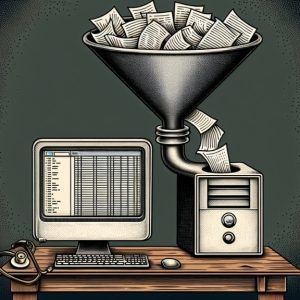In the 1960s we all thought we were going to have flying cars by the year 2000 (but not that they’d drive themselves). On a more prosaic level there were a number of corporate technologies that didn’t quite make the grade or emerge – Guy Clapperton has a quick reminisce.
When you’ve been a tech journalist for a while you see a lot of things coming and going. Some take off amazingly well – and some more sort of don’t. Here are some of my favourite near-misses, in no particular order:
Apple Newton
The original personal digital assistant (PDA), it’s easy to forget that Apple launched into this market without Steve Jobs, who was busy elsewhere developing the next item on this list. The idea of the PDA took off spectacularly for companies including Palm, and the technology was later subsumed into the smartphone market.
Blu-Ray
Yes, I know you can still buy Blu-Ray discs and very good some of them are, too. But how many people really use it as a serious storage and backup medium? Rewritable Blu-Ray drives abound but has it ever threatened to replace CD-ROM? The answer is that it would have but for the sudden availability of many cloud solutions, which enable vast amounts of backup on a medium you can’t actually lose. Unless your provider goes belly-up of course.
NeXT Computers
It’s the mid-1980s, Apple has fired Steve Jobs. Jobs goes off to invent something called the NeXT cube, and ultra-advanced and good grief, ultra-expensive workstation. It performed respectably but one gets the impression Jobs was only too pleased to come back and restore his pizzazz (and a lot of NeXT’s software) to Apple.
Kyocera Refalo
Printer company Kyocera was very excited about this Filofax-shaped personal organiser. I attended the launch at the Which Computer? Show – and then suddenly it failed to launch at all anywhere but Japan.
No doubt the someone with a spreadsheet thought it was a bad idea and canned it.
Amstrad PenPad
Not to be beaten by the Japanese, Alan (now Lord) Sugar also decided that the Filofax needed to be worked on in such a way that it could run out of battery. The market wasn’t impressed, particularly with the PCMCIA-sized slot that couldn’t actually take standard PCMCIA expansion cards, it sold under a million and was retired quietly. Both this, the Refalo and the next item have of course been superseded by smartphones but there weren’t any in the early 1990s. Basically, if I wanted something that was an organiser shaped like a Filofax in 1992, I’d have BOUGHT A FILOFAX.
If you missed any of these (or just hadn’t thought of no. 4 for the corporate market) you’re a) not missing much and b) probably a good deal younger than me…






